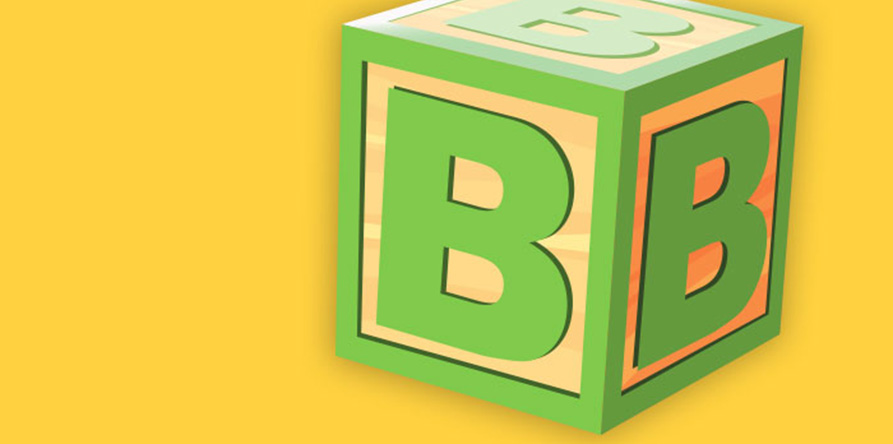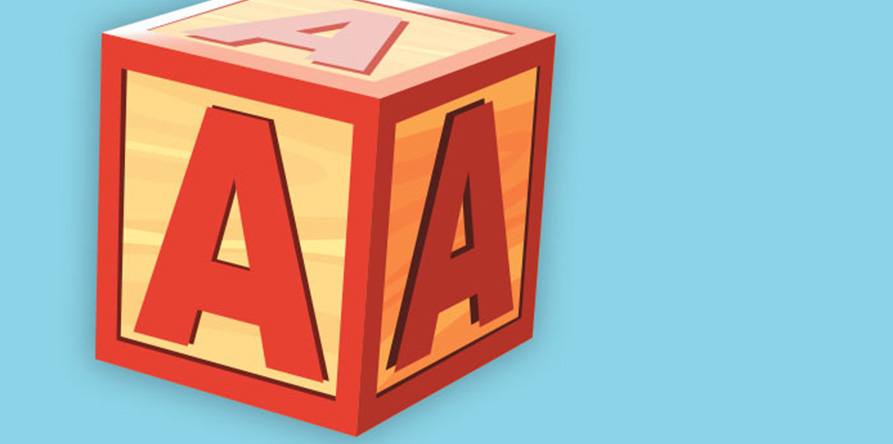
B - The benefits of RESPs
The ABCs of RESPs
You could save money in any account, such as a Tax-Free Savings Account (TFSA), and earmark those funds for post-secondary education, but the RESP has two big advantages that other accounts don’t have.
B – The benefits of RESPs
1. Tax efficiency
While you don’t get a tax deduction for contributing to an RESP, as you do with an RRSP, the money in the account can grow tax-deferred until the child withdraws those funds after enrolling in an accredited post-secondary program or institution. Because those earnings are taxable to the student, who likely has little or no other income, the taxes he or she will have to pay are usually negligible.
2. Free money
RESP holders are eligible for the Canada Education Savings Grant (CESG), which was introduced by the federal government in 1998. This is a federal program that matches 20% of the contributions to the plan, to an annual maximum of $500 or $1,000 (based on carry-forward room) and a cumulative limit of $7,200 per child. In other words, for every $5 you put into your child’s RESP, Ottawa chips in a dollar. The assistance increases for lower-income families, who may qualify for as much as a 40% bump on the first $500 contributed per year and up to $2,000 in bonus contributions through the Canada Learning Bond (CLB). In addition, some provinces have their own RESP incentives for residents.
Note: Beneficiaries are only eligible for the CESG up to the year they turn 17, as long as the RESP was opened by the end of the calendar year they turned 15 (and other certain conditions are met). That’s another reason not to leave opening an RESP too late.
Two main types of RESP accounts
One of the other advantages to the RESP is that it’s flexible, depending on how many children you’re saving for and where they might go to school. There are two main types of RESPs you can open: an individual plan or a family plan. The former is typically used by parents who are saving for one child’s education; the latter benefits any and all siblings who end up in college, university or trade school or take an apprenticeship.
The rules are essentially the same for both, but the main advantage to the family plan is that it’s easier to put money into one account for multiple kids than open a few individual RESPs. There is one key difference, however: only family members who are related by blood (or adoption) can contribute to the family plan. So, “Auntie” Julie, who’s actually your best friend from university and not related by blood, can’t put money into a family plan – but she can open an individual one.
There is also such a thing as a group RESP, offered by companies that manage pooled trust funds. These may appeal to people who don’t want to get into the weeds of choosing investments themselves. But it’s important to be mindful of the fees, which can be high, and the often restrictive rules regarding contributions and withdrawals.
What can you hold in your RESP?
You can hold almost any kind of investment inside of an RESP, including mutual funds, exchange-traded funds (ETFs), stocks, bonds and cash. However, Canadian families most commonly opt to invest their education savings in diversified investment portfolios made up of mutual funds or ETFs. The idea is to hold investments across multiple asset classes (such as stocks and bonds) and sectors (such as financials, energy and information technology) so that you can earn sufficient returns to stay ahead of inflation without taking on too much risk. You can work with an advisor to invest on your behalf.
The final article in the ABCs of RESPs series will educate you on RESP contributions and withdrawals - read it here.
